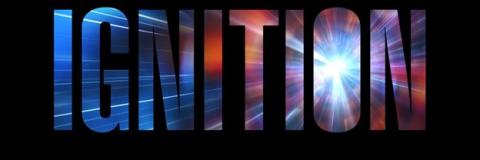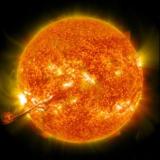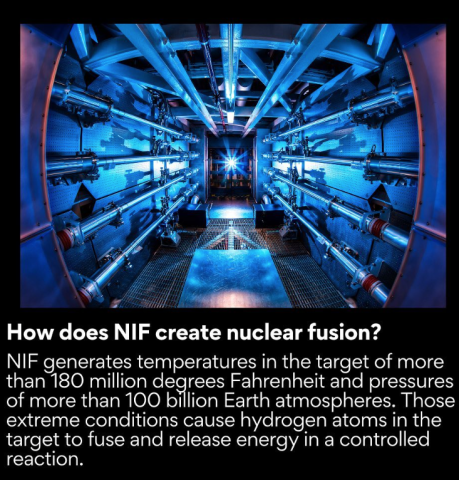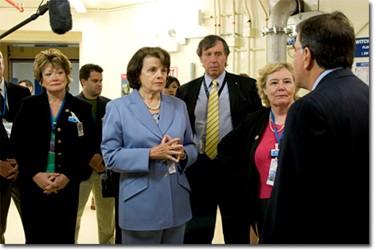Fusion Energy
During World War II, America marshalled all available scientific resources and expertise with the Manhattan Project to split the atom. Today, we face even greater challenges—not in war, but to save our planet from climate disaster. Zoe believes that if the U.S. put forth a similarly enhanced effort to boost fusion energy, it could change the future for the better for our children and grandchildren.
Fusion energy would be limitless and non-polluting, and Zoe has been advocating for federal investments in scientific research in the field for decades.
After a huge milestone in December 2022—when researchers at the Lawrence Livermore National Laboratory (LLNL) achieved ignition—Zoe wants to double down and accelerate research to explore new pathways for the clean energy that fusion promises. It’s one of the key reasons Zoe became the top Democrat on the House Science, Space, and Technology Committee in the 118th congressional session.

Celebrating the December 2022 Ignition Breakthrough
On December 5, a team at LLNL’s National Ignition Facility (NIF) conducted a controlled fusion experiment and achieved the first fusion ignition in history, also known as scientific energy breakeven, meaning it produced more energy from fusion than the laser energy used to drive it. (The scientific breakthrough was announced by the Department of Energy (DOE) on December 13, 2022. Zoe attended the DOE’s event.)
LLNL’s experiment surpassed the fusion threshold by delivering 2.05 megajoules of energy to the target, resulting in 3.15 MJ of fusion energy output, demonstrating for the first time the most fundamental scientific basis for inertial fusion energy.
Zoe immediately called the advancement a “very big deal” that “showcases the future possibilities for the commercialization of fusion energy.” Two months later, she hosted Dr. Tammy Ma, a physicist who leads LLNL’s inertial fusion energy initiative, as her 2023 State of the Union guest to highlight the breakthrough and the unbelievable contributions of women in STEM.
Zoe Lofgren speaks with Chris Hayes on MSNBC about the breakthrough on December 13, 2022
Dr. Kim Budi, the Director of LLNL, testifies before the House Science, Space, and Technology Committee
What is Fusion Energy?
When you think of fusion energy, think about the sun and stars.

As described by NIF, fusion is what happens when the nuclei of light atoms overcome the electrical resistance that keeps them apart and get close enough to activate the strong nuclear force that holds them together, or “fuse,” into a new, heavier helium nucleus. Making elements fuse requires an enormous amount of heat and pressure, like that found in the cores of the sun and stars.
As the nuclei fuse together, a fusion reactor would convert some of the mass lost in the reaction into incredible amounts of energy.

Image: LLNL’s instagram page
Overcoming ‘Rocky Times’
In an interview with The Washington Post, Zoe said “we had some rocky times,” describing her fights in Congress against efforts to sabotage or defund fusion energy research in Congress throughout the years. That includes a 2012 bureaucratic turf war and a FY15 budget cut proposal.
While working to protect LLNL’s programs, Zoe also proactively worked to strengthen fusion energy R&D during her time in Congress, including with her Fueling the USA Through Unlimited Reliable Energy (FUTURE) Act of 2003, Fusion Engineering Science and Fusion Energy Planning Act of 2009, the DOE Research and Innovation Act, the Energy Act of 2020, the CHIPS and Science Act, and various amendment efforts.
In 2009, Zoe was on-site for the opening of NIF, seen in the photo below.

Image: LLNL Public Affairs
